Welcome back to Decouple, the best source for cutting-edge analysis on nuclear energy, with weekly interviews by Chris Keefer. Watch on YouTube, Spotify, or Apple.
This week, we talk Boiling Water Reactors (BWRs) with James Krellenstein, the CEO of Alva Energy. We dive into the engineering, history, and physics of these reactors, how they differ from other designs, and why the United States may have erred in not choosing the Advanced Boiling Water Reactor (ABWR) instead of the Westinghouse AP-1000 for the Vogtle nuclear power plant.
For this episode, we’ve included a glossary below to help with unfamiliar terms.
Watch now on YouTube.
We talk about
How boiling water reactors (BWRs) function differently from pressurized water reactors (PWRs), with direct boiling in the reactor vessel
The unique void coefficient of BWRs and how steam bubbles affect reactor moderation and power
Early experimental work at Argonne National Laboratory and the BORAX tests that established BWR viability
Why BWRs weren't adopted for naval applications despite their advantages in other settings
The global deployment patterns of BWRs and why certain countries favored them
The evolution of recirculation systems, from external loops to jet pumps to internal pumps
Notable incidents and design challenges, including the Browns Ferry anticipated transient without scram (ATWS) and LaSalle power oscillation
Containment design considerations and differences between BWR and PWR systems
The Advanced Boiling Water Reactor (ABWR) and its remarkable construction record in Japan
Passive safety features and the trade-offs between active and passive cooling approaches
Deeper Dive
The simplest way to understand a boiling water reactor is in the name. Unlike pressurized water reactors where cooling water remains liquid under immense pressure, BWRs deliberately boil water inside the reactor vessel. This creates a direct cycle where steam flows straight to the turbine without an intermediate loop. The approach offers elegant simplicity by eliminating an entire system, but brings unique physics challenges.
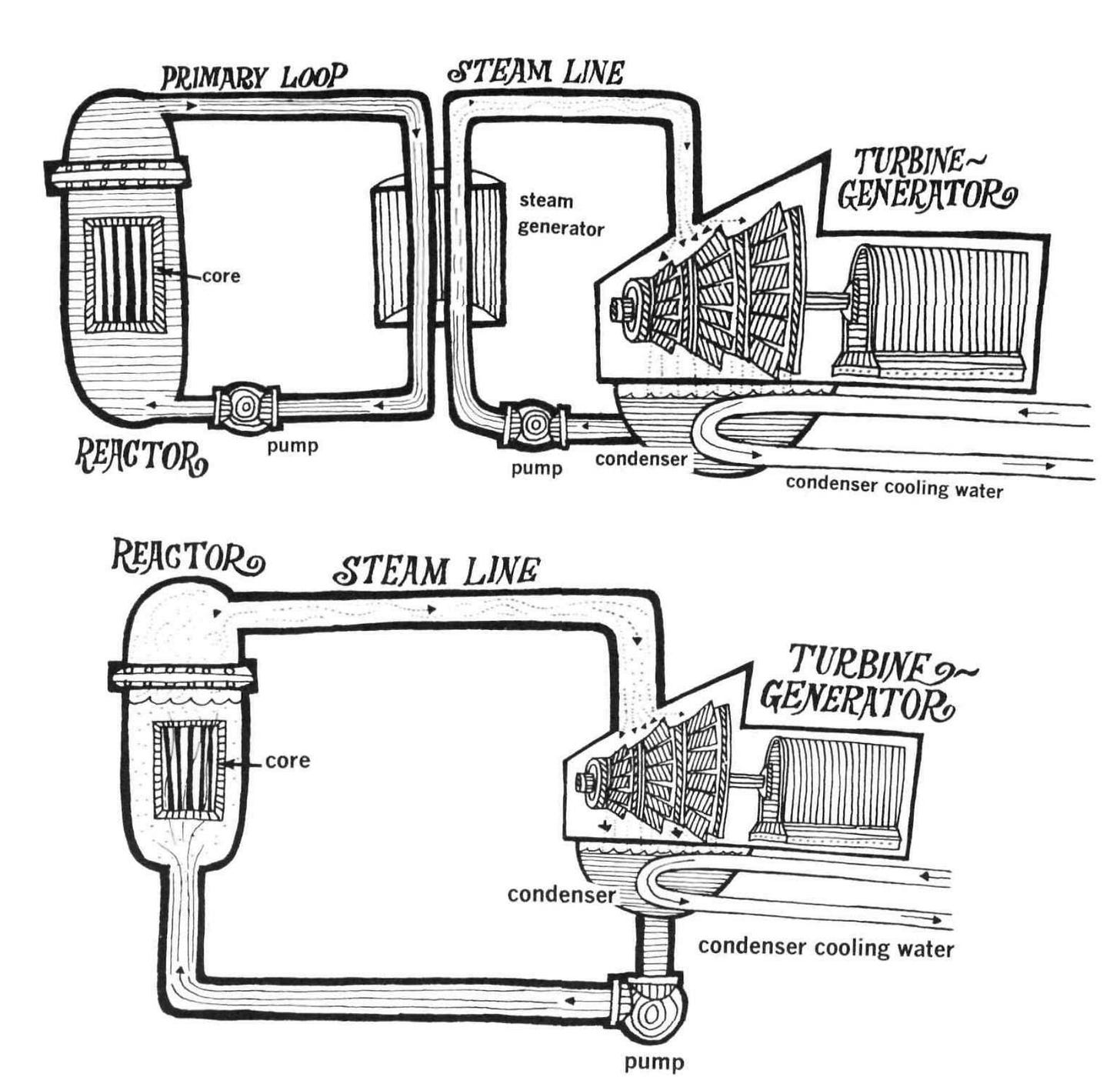
The relationship between steam voids and reactor power creates a fascinating self-regulating dynamic in BWRs. As James explained, "More bubbles mean less moderation, which means less reactor power. Less bubbles mean more moderation and more reactor power." This negative void coefficient acts as an inherent safety feature, limiting power excursions, but also creates potential stability challenges. The early BORAX experiments in Idaho explored this fundamental question: could a reactor with boiling water achieve stable operation? These tests, conducted at what would become Idaho National Laboratory, not only proved the concept viable but led to the first town powered by nuclear energy when BORAX-III lit up Arco, Idaho in 1955.
BWRs evolved through multiple design iterations, with significant refinement of their recirculation systems. The ability to control reactor power by simply adjusting water circulation is unique to BWRs and enables remarkable load-following capabilities.
James noted that modern BWRs "can change reactor power at about 1.5% per second," making them extraordinarily responsive. Early designs used external recirculation loops, but these were replaced by jet pumps and later by fully internal pumps in advanced designs.
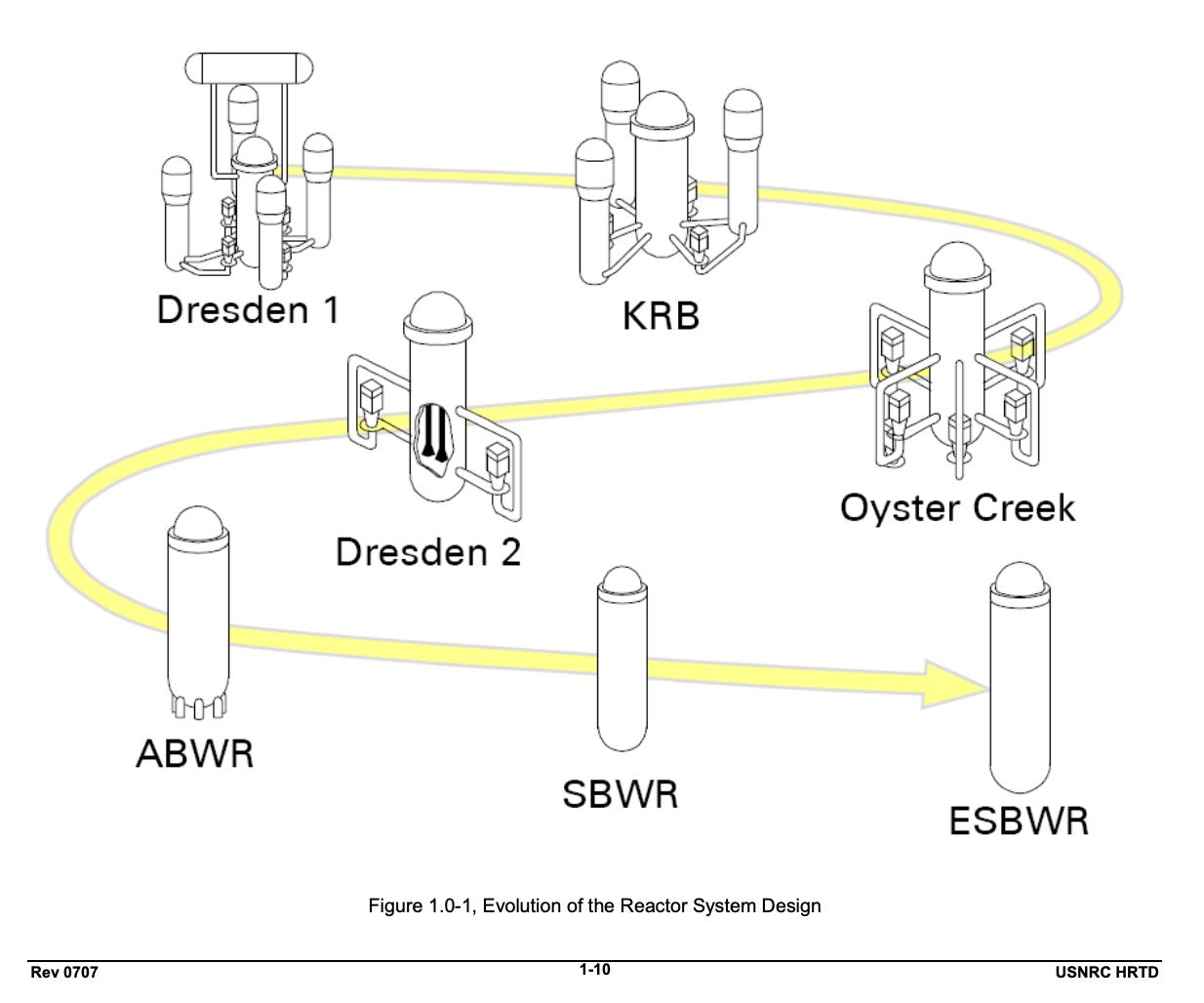
The history of BWRs includes several instructive incidents that shaped their development. The Browns Ferry event in 1980 (not to be confused with the 1975 fire) revealed vulnerabilities in control rod drive mechanisms when operators pressed the scram button but dozens of control rods remained partially withdrawn. The LaSalle Unit 2 power oscillation demonstrated the consequences of unstable operation as reactor power swung rapidly between 50% and 118% in just two seconds. These events led to significant regulatory and design improvements.
"Today's reactor safety wasn't inevitable—it was built from past mistakes, refined through thoughtful engineering." – James Krellenstein
Perhaps the most compelling part of the BWR story is the remarkable success of the Advanced Boiling Water Reactor, which James endearingly calls the “Absolute Best Water Reactor." This reactor design represents the culmination of decades of operating experience from American, Swedish, and Japanese designs. The ABWR achieved what many consider impossible in modern nuclear construction—a 1.35 gigawatt plant completed in just 38 months at Kashiwazaki-Kariwa, and at costs 40% lower than previous designs.
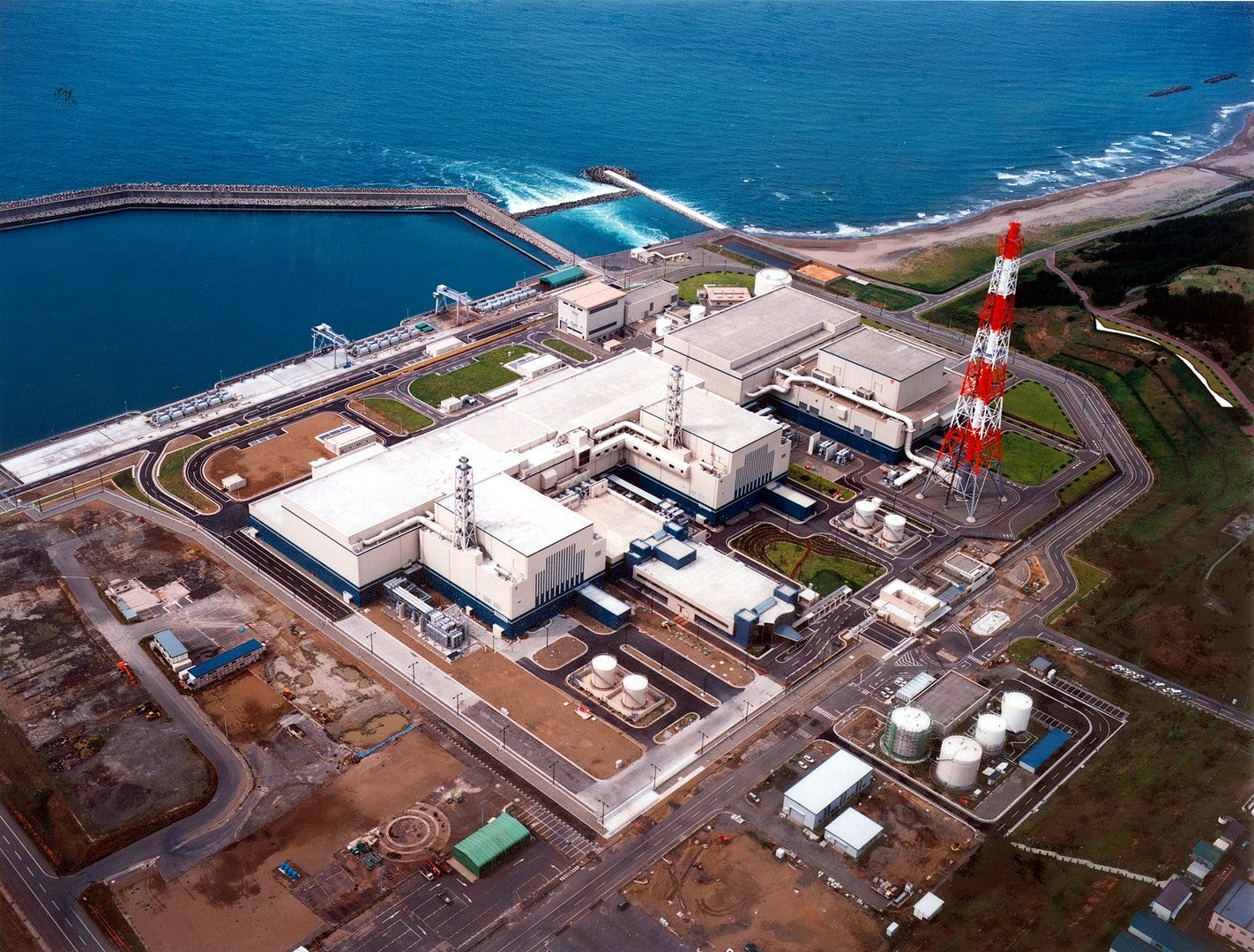
The conversation raises important questions about nuclear technology selection. Despite the ABWR's proven track record, Western utilities have repeatedly chosen unproven designs over it. James makes a compelling case that this represents a costly strategic error, similar to mistakes made during the "nuclear renaissance" of the 2000s.
"We're repeating the exact same error that was made in the first nuclear renaissance, which was passing up a reactor design that actually did the thing everyone said was impossible." – James Krellenstein
Reflecting on the journey of the BWR—from explosive desert experiments to global-scale nuclear innovation—underscores a central truth: nuclear power is shaped profoundly by human choices, politics, and economics, not just technology. The ABWR remains not only a technical marvel but also a stark reminder of how strategic missteps and missed opportunities continue to impact our nuclear future.
Glossary
ABWR: Advanced Boiling Water Reactor
ATWS: Anticipated Transient Without Scram
BORAX experiments: Historical experiments testing reactor limits through deliberate failures
BWR: Boiling Water Reactor
COPS: Containment Overpressure Protection System
CRDM: Control Rod Drive Mechanism
ESBWR: Economic Simplified Boiling Water Reactor
FLEX: Diverse and Flexible Coping Strategies (post-Fukushima enhancements)
FOAK: First of a kind
IGSCC: Intergranular Stress Corrosion Cracking
NOAK: N-nth of a kind
NRC: Nuclear Regulatory Commission
NSSS: Nuclear Steam Supply System (N Triple-S)
PRA: Probabilistic Risk Assessment
PWR: Pressurized Water Reactor
RCIC: Reactor Core Isolation Cooling System
RPV: Reactor Pressure Vessel
SLC: Standby Liquid Control System
Keywords
Boiling water reactor, negative void coefficient, ABWR, reactor stability, recirculation systems, jet pumps, Browns Ferry, power oscillations, natural circulation, passive safety




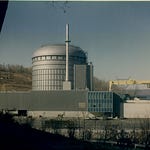
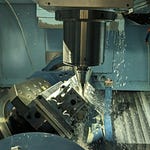
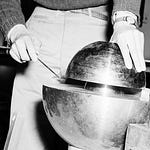

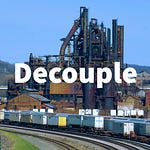

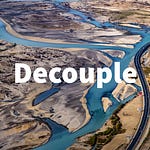
Share this post